Starbucks coffee shops were once a relaxing place to spend a few hours grabbing a seasonal beverage with a friend. However, as corporate interests have altered and manipulated the business model, more customers are choosing to stay away from the business as they feel a lack of comfortability in storefronts.
Now, Starbucks is hemorrhaging revenue amid a dramatic decline in consumer favorability. Find out how the destruction of “third spaces” has resulted in the coffee megacorp’s rapid decline.
What Is a Third Space?
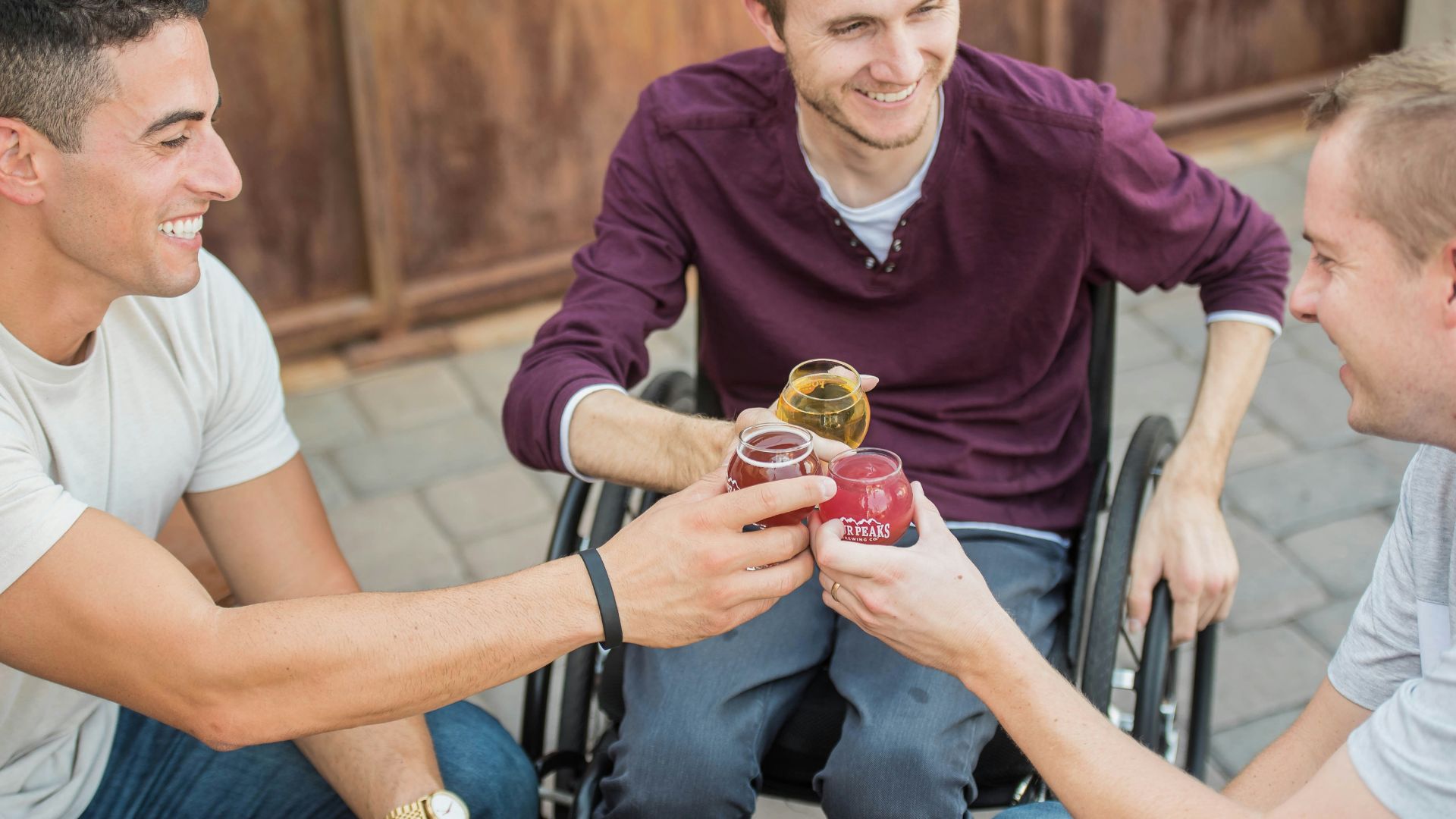
A third space refers to a place that allows social gatherings that are separate from the usual social environments of the home (which is the first place) and the workplace (the second place).
Common spaces considered a third place are usually free or cheap places where people of any age can socialize. Think about libraries, coffee shops, barbers, parks, churches, bookstores, and theatres.
Retail Stores Have Been Killing Off the Third Space
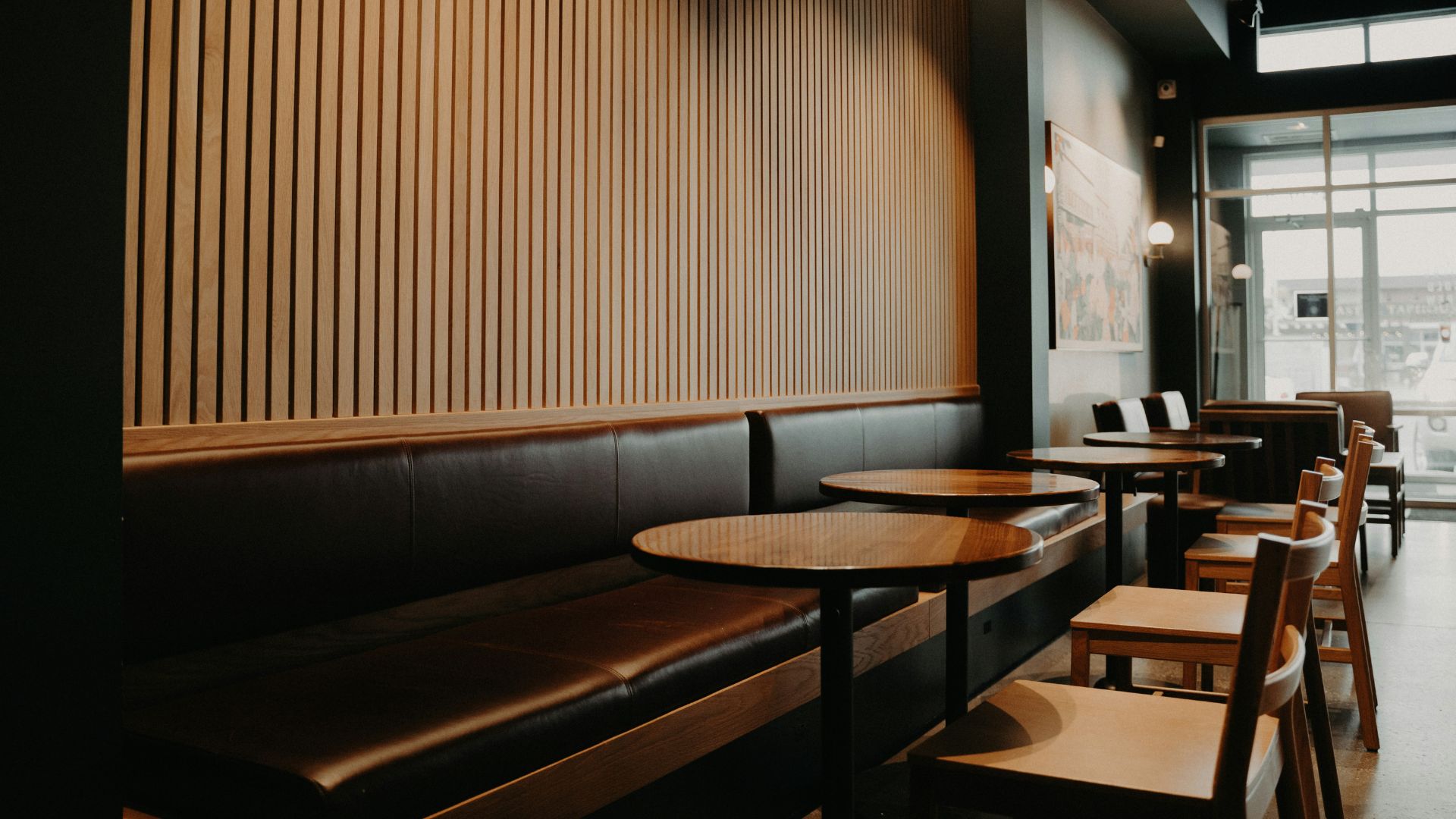
Even before the COVID-19 pandemic caused restaurant shutdowns, businesses knew that patrons lingering at tables for hours at a time wasn’t a sustainable business model for a multi-billion dollar corporation.
Instead of fostering community and engagement, these businesses chose to prioritize shuffling customers in and out to maximize profits.
Starbucks Was Once a Fantastic Third Place
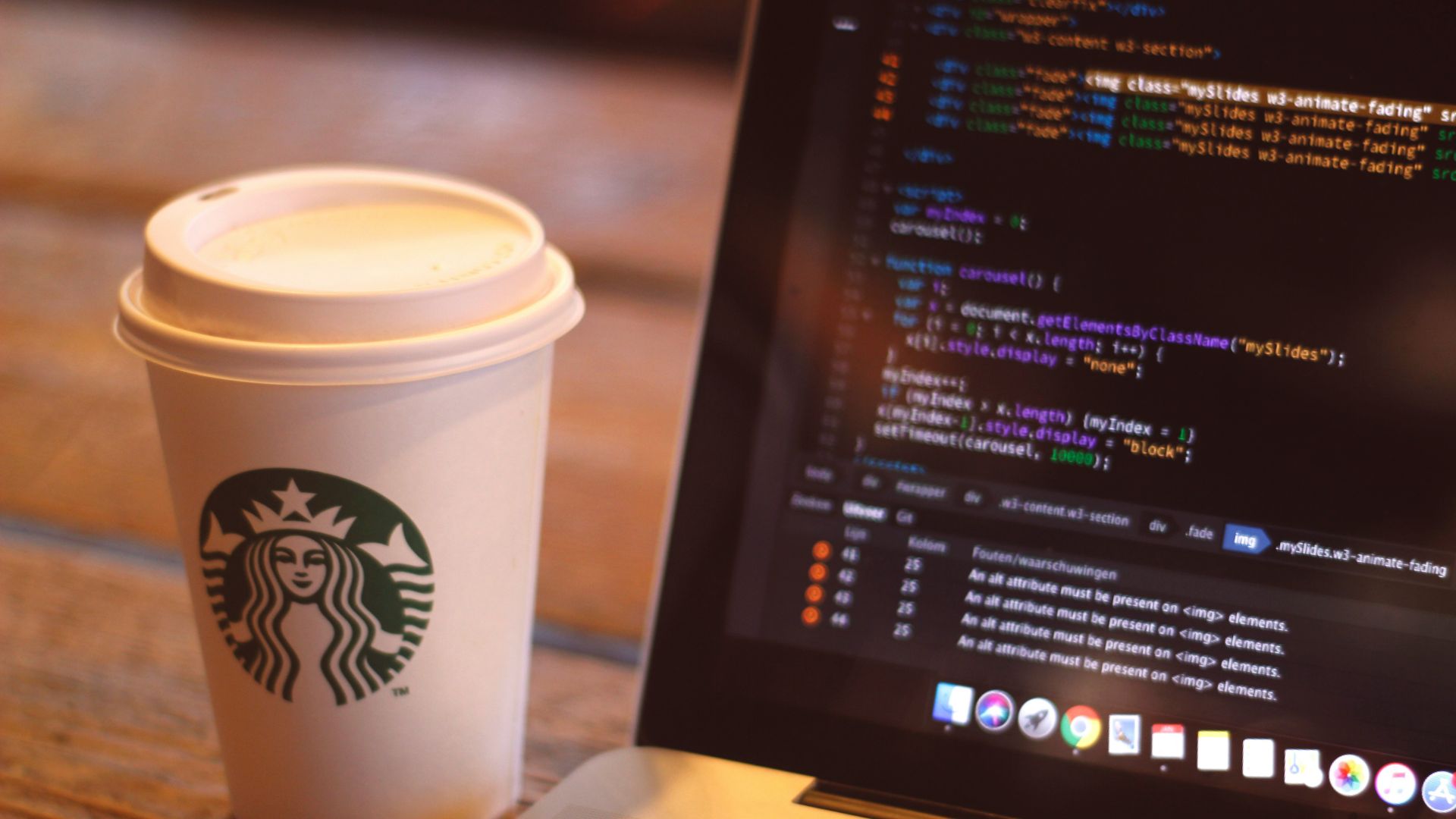
The inception of Starbucks is completely different from its current state. The chain started as a place for people to gather and socialize over excellent coffee. The company even made a point of spending zero money on outside advertising, relying solely on word-of-mouth recommendations.
“If you look at the landscape of retail and restaurants in America, there is such a fracturing of places where people meet,” Schultz said in a 1995 profile of Starbucks for an industry publication. “There’s nowhere for people to go. So we created a place where people can feel comfortable.”
The Business Model Quickly Transformed
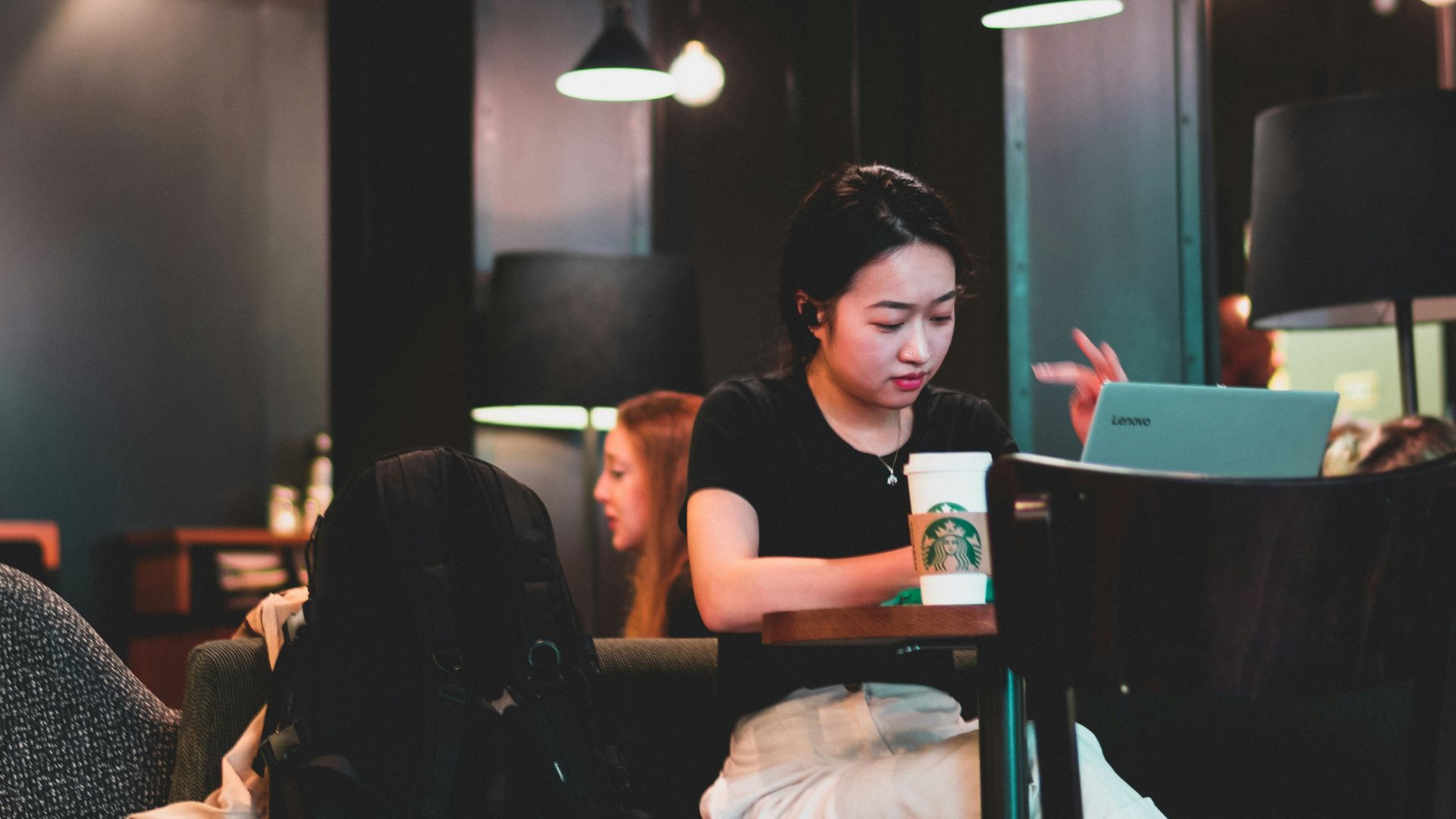
In recent years, Starbucks has drastically changed its method of operations to prioritize mobile ordering and drive-thru sales. The storefronts have frequently downsized the seating and made the space much less inviting than the early renditions of the jazz-filled cafés that they were known as.
“Third place is a broader definition,” current Starbucks CEO Laxman Narasimhan said last year. The “classic definition of third place — it’s a box where I go to meet someone — it’s frankly not relevant anymore in this context.”
Mobile Ordering and Drive-Thru Sales
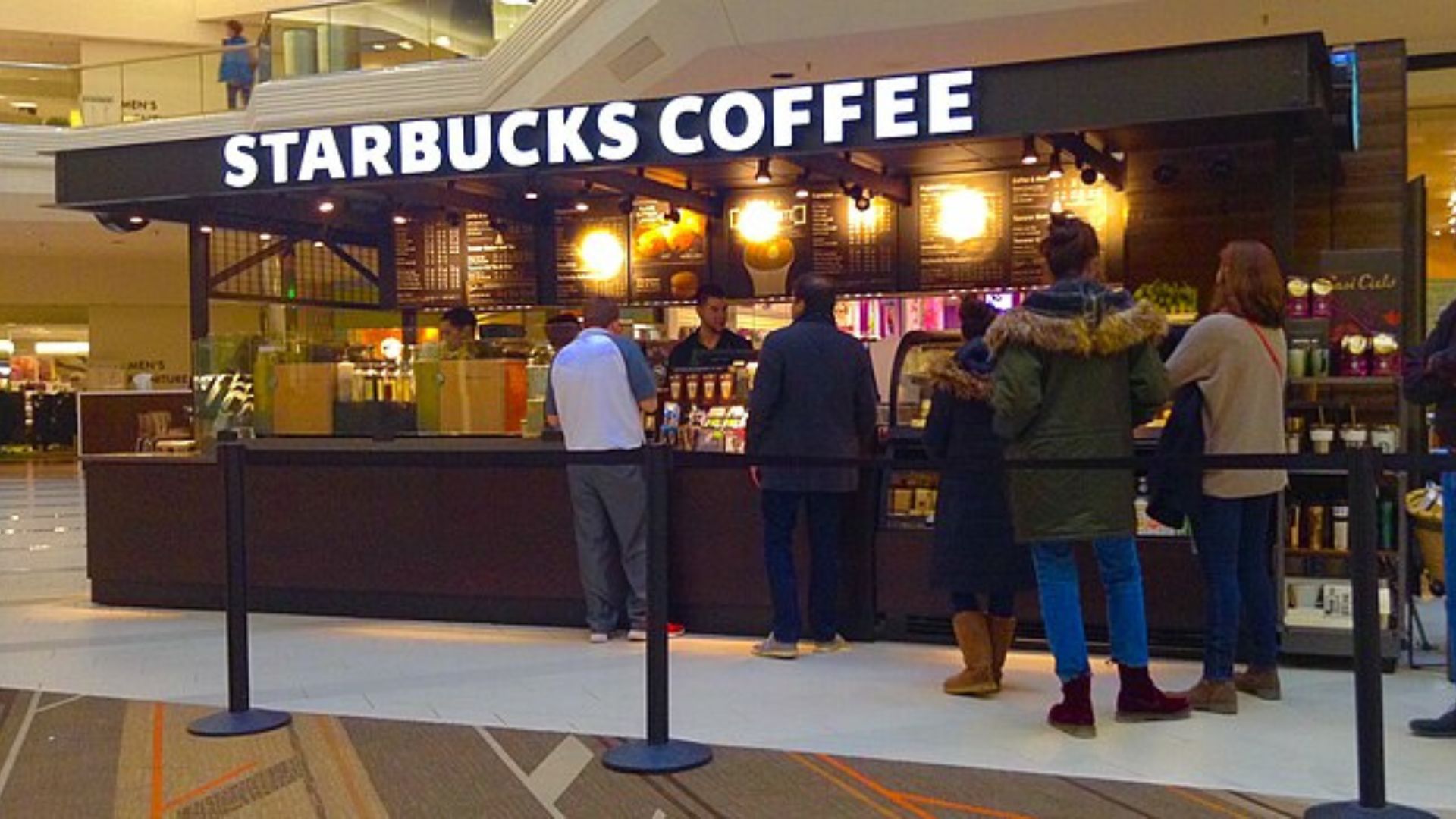
Today, mobile app purchases and drive-thru orders account for more than 70% of the company’s total sales. This number is impressive, given that Starbucks operates roughly 9,500 physical locations in the United States.
However, the advancements have come at a cost. Customers have frequently complained that Starbucks pulled their comfortable chairs, intimate tables, and moody music for more impersonal corporate furniture and harsh lighting. Also, several store fronts are pick-up only, forcing customers to leave immediately after receiving their food and beverages and creating a machine-like interaction with the establishment.
Massive Decline in Sales Revenue
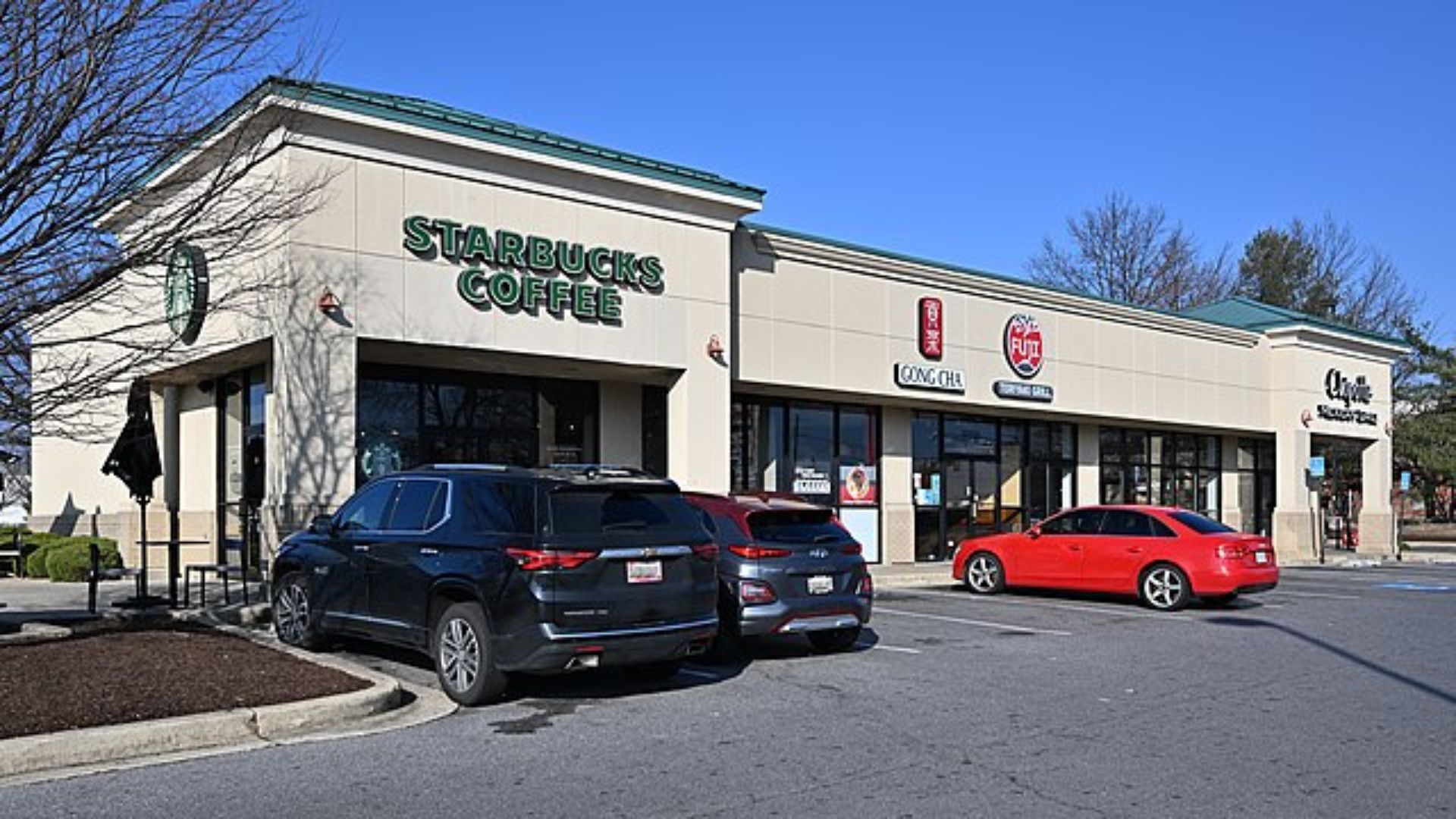
Although all of these changes were meant to boost the billion-dollar company’s profits, they are beginning to have the opposite effect on its loyal customer base.
The massive coffee chain sales have dropped 3% in the last quarter. Schultz, who has stepped down as the Starbucks CEO for a third time and retired this year, wrote a lengthy post on LinkedIn about the company, stating: “U.S. operations are the primary reason for the company’s fall from grace. The stores require a maniacal focus on the customer experience. ” And that Starbucks should “focus on being experiential, not transactional.”
New Business Changes Blamed on a Changing World
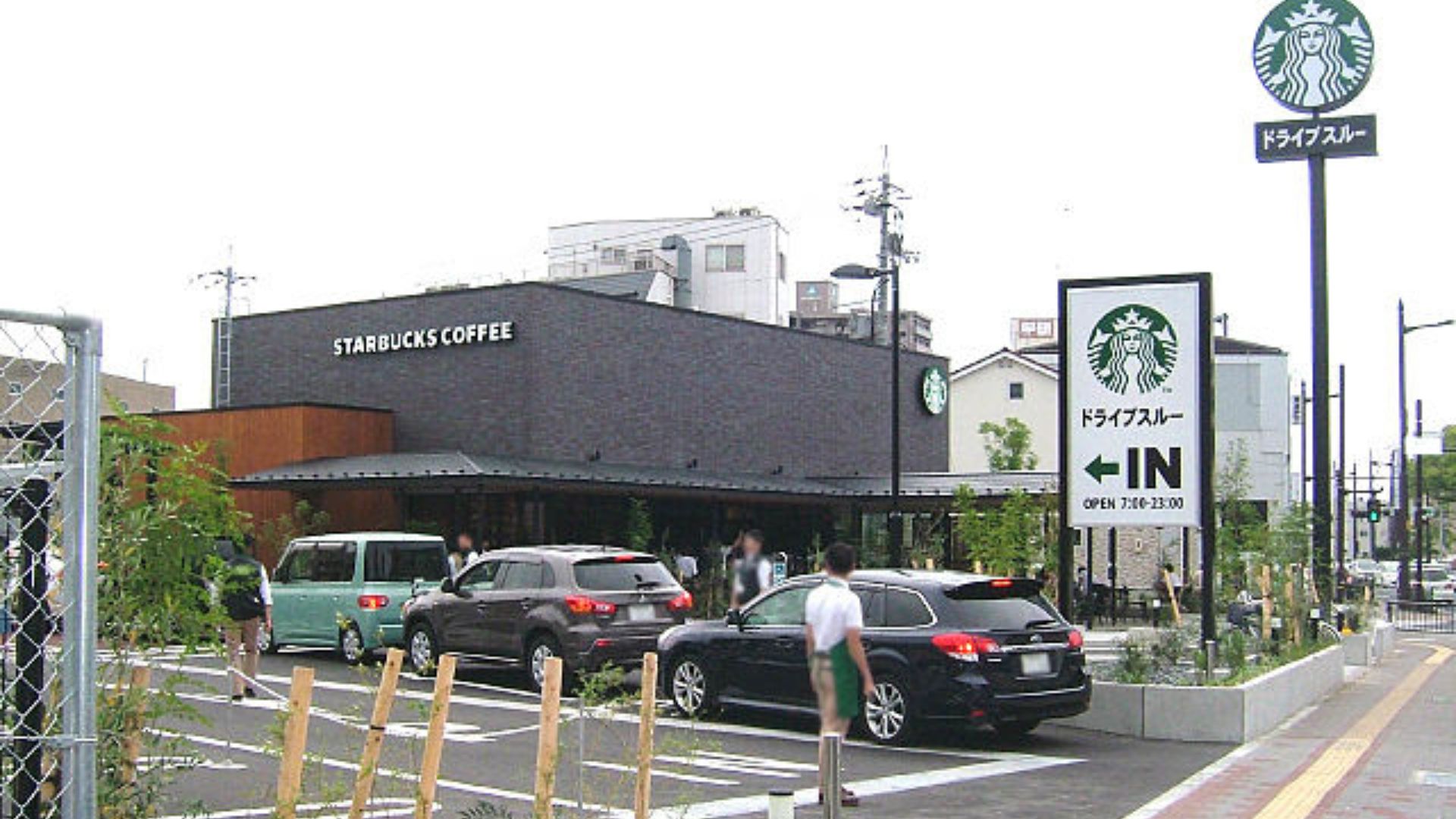
The company claims that it is pushing drive-thru sales and mobile orders because this is the type of on-the-go service that most of its customers want.
In addition to changing how the products are served, more of the sales at Starbucks have moved far away from the original mission of good-quality hot coffee. Now, more than half of the sales at the company come from cold coffees, teas, and lemonades.
Bending to the Will of Wall Street
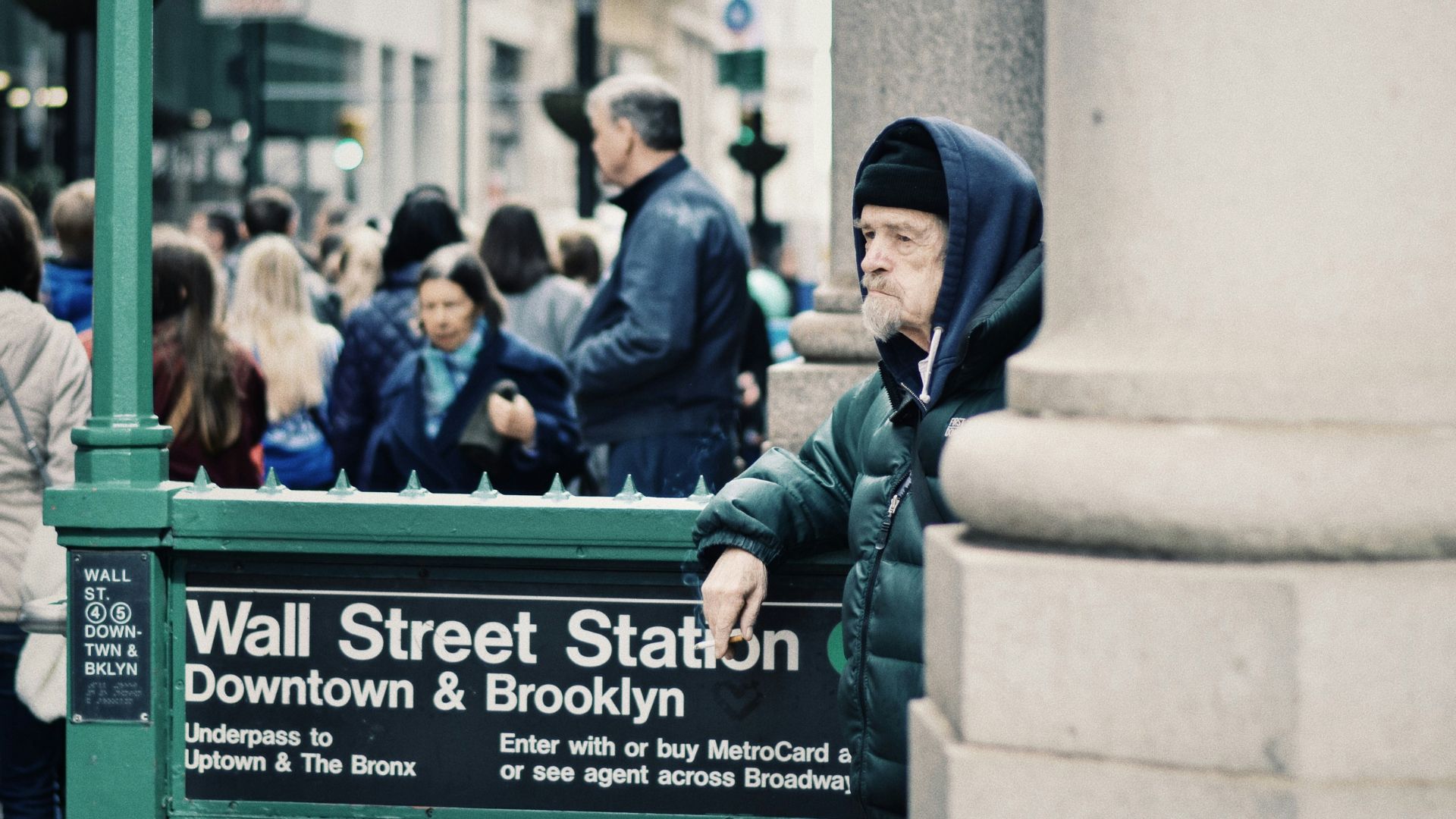
As companies grow and take on more investors and shareholders, they become beholden to the bottom line: profit and revenue.
Many former customers note that the company has gone to great lengths to please corporate investors and Wall Street over consumers’ legitimate demands and complaints. The incentives to change to a business with higher customer turnover come from the desire to make more profit each year, not to create a space of community.
Just Another Commodity Product

Although the company said in its early days that it wanted to prioritize quality over quantity of items sold and customer throughput, this ideal has completely reversed.
Now, the speed and availability of the product are at the forefront of the company. After the Covid-19 pandemic forced closures of dining rooms, mobile orders spiked up to 25% of total sales, up from 17% the year before.
Menu Changes Impacted The Shift

Another contributing factor to Starbucks’s ability to operate and create a specific environment is the actual items that they sell.
For example, instead of pushing slower drinking coffee, cappuccinos, and hot drinks, they sell super mobile frappuccinos, iced teas, and lemonades and encourage people to use to-go cups that also feel like another push out of the door.
Reimagining the Third Place

Starbucks is aware that it has completely shifted the ability of its customers to spend some time hanging out in its stores. They say they want to “reimagine the third place” from being a physical store to a feeling.
The company recently reinvested $450 million into stores with new coffee-making equipment to improve customer and employee efficiency and facilitate the use of the mobile ordering system. More than 2,000 new stores will also be opened that only have a mobile pick-up, delivery, and drive-thru, eliminating the social aspect altogether.








































